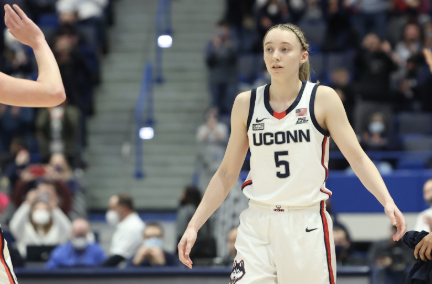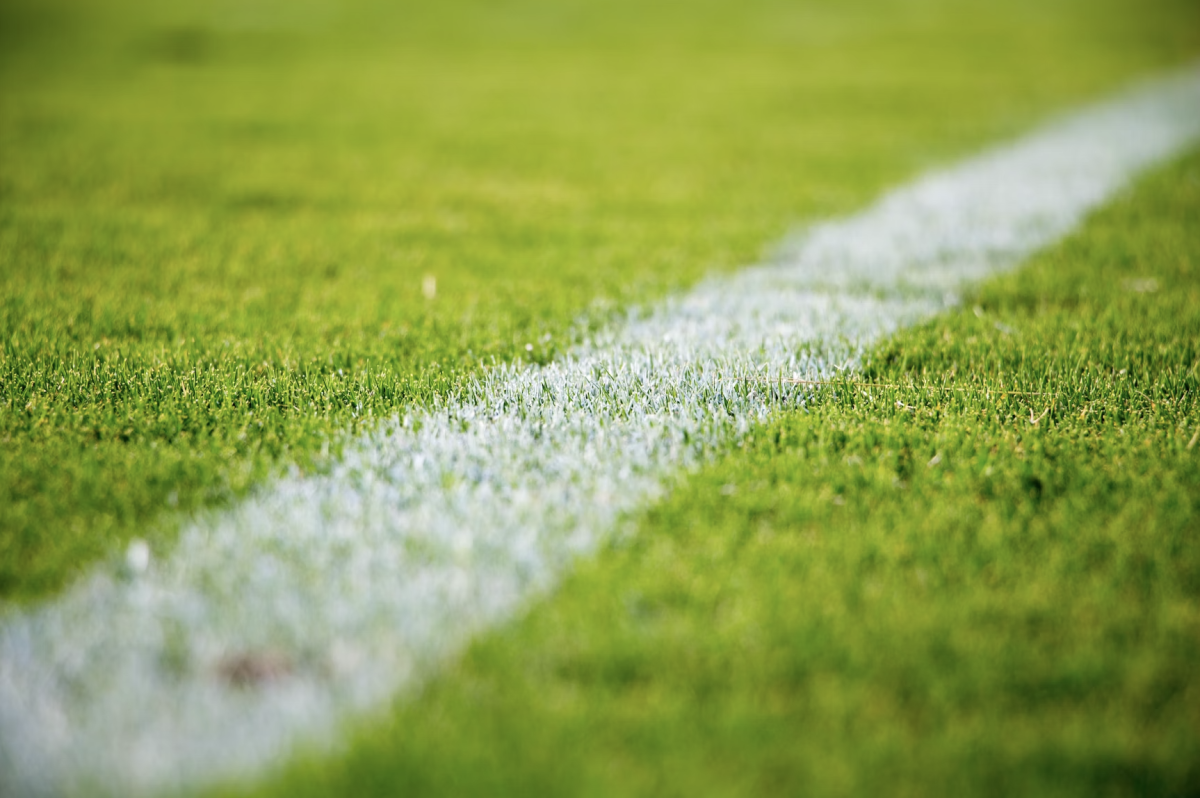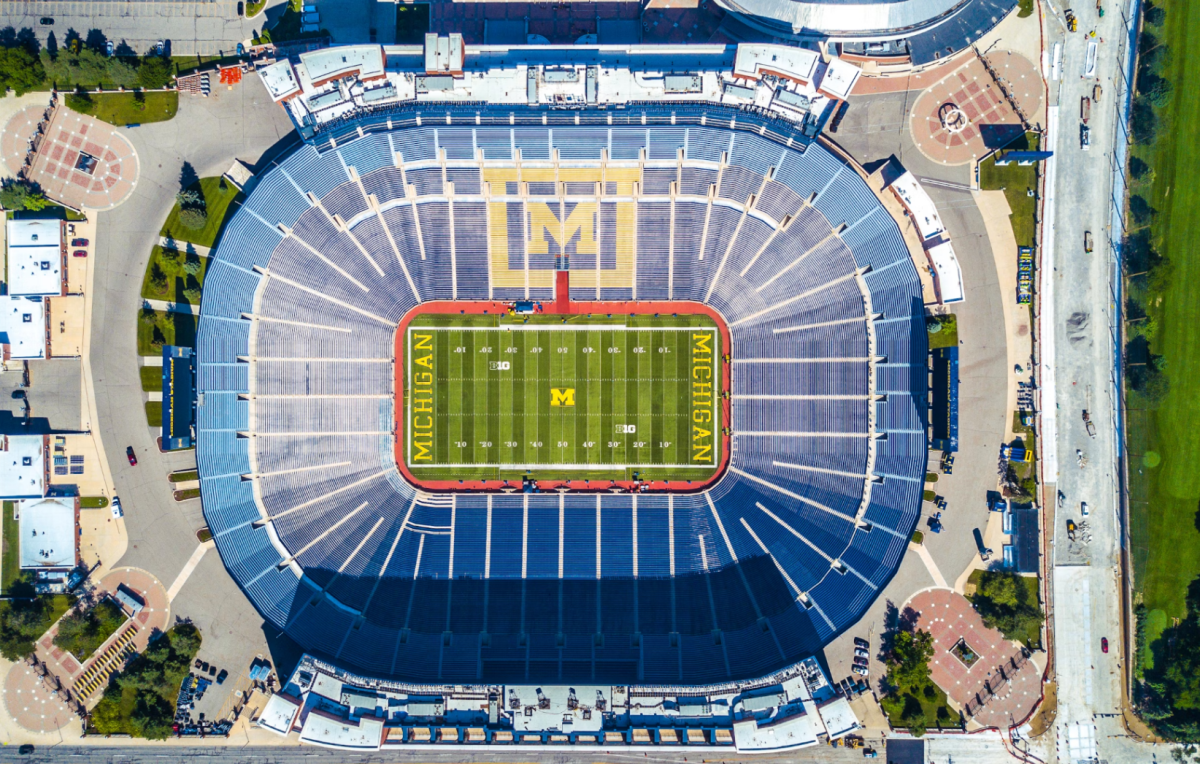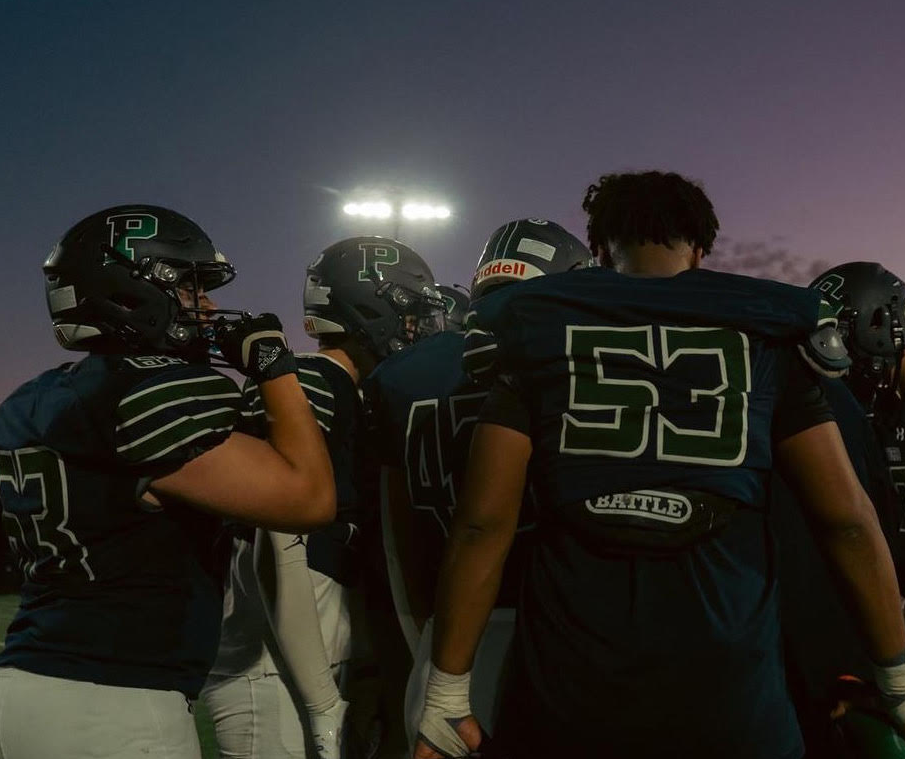Female collegiate sports have been on a huge rise lately. With tournaments like the NCAA March Madness and the NCAA Softball College World Series, women’s sports are taking over everyone’s screens. The cause of this: the athletes playing these sports such as Juju Watkins (University of Southern California) and NiJaree Canady (Texas Tech) who are captivating fans with their media presence and overall likeability. Their skills and popularity have advanced them to the level where they can compete with the male collegiate athletes. But are they getting the same treatment as them? The answer to that question; yes and no.
Before diving deep into this topic, Title IX needs to be recognized. For those who do not know, Title IX law of 1972 requires women to get the same treatment as men in education programs and activities. The failure to provide equal athletic opportunity is an example that is covered in the Title IX law.
Colleen Lacey-Plumley (Colby class of 2003) played both soccer and ran track and field during her time at Colby College. She explained one way she felt treated the same as the male athletes. Colleen stated, “Equipment and gear were probably about the same for the men’s and women’s soccer teams and the men’s and women’s track teams.” She also voiced that, “Uniforms were probably the same between the men’s and women’s soccer teams and between the track teams.” So although this was even twenty-years ago,there were still some similarities.
Pingree alumna, Caitlyn Dion (Skidmore Softball ‘27) also explains how she felt that her college is taking care of Title IX in a fair way. Dion states, “In Skidmore Athletics, we have a mandatory Title IX meeting that all students must attend to be eligible to play every year. There, the Title IX coordinator explains what Title IX is and how it applies to athletics. It is emphasized that male athletes also must undergo this training, and it is stressed that they take Title IX very seriously. They also make it clear what situations institute reporting, and make students feel
safe through the various outlets they can use to report.” Skidmore clearly makes sure that all the athletes are aware of the Title IX law.
Present day, NIL ,a legal structure that allows student-athletes to be compensated for using their personal brand (Name, Image, & Likeness)for endorsement deals, appearances, social media content, and other commercial enterprises, has been a huge benefit to growing women college athletes in popularity and their respective sports. Voice in Sport states, “ The advent of NIL opportunities has provided more avenues for women to monetize their personal brand and generate revenue.”
NIL has been a huge assistant to growing these female athletes through brand deals with female athletes who have been able to present themselves in a different light while also being able to showcase their skills and their games.
There has definitely been progress made in equality for men and women’s teams and athletes. However, there are still gaps between the genders’ funding
In Division 1 basketball, schools are collectively spending more on their male athletes than their female athletes. According to an article at bold.org , “Across Division 1 basketball teams, schools spent a whopping $93 million more on men than women, for equipment, recruiting, and travel expenses—a 60% funding disparity, according to a USA Today analysis published in 2022.”
Cami Traveis, a Pingree alumna, is receiving a different experience playing lacrosse at Cornell University (Division 1). Traveis says, “ I do feel that female athletes are treated equally to male athletes in my college program. That being said, there are certain teams on campus that get more funding from their alumni network, and this is where differences occur in athletics. Sprint Football, Football, Men’s Hockey, and Men’s Lacrosse have an expansive alumni network in which the funding they receive is not nearly as equitable as the women’s teams on campus.”
Traveis explained how she doesn’t feel treated the same in a funding way. The majority of funding that her schools’ teams get is through the alumni network for said team. Traveis even stated how her “teammates and [her] definitely feel underfunded compared to male teams. Especially with the men’s lacrosse team, they have so many more “perks” because they receive a substantial amount more money from their alumni network.”
This being said, the men’s teams have always had a larger program. Therefore, they have more alumni each year.
This relates to Title IX since funding is a huge part of how both genders are treated through equipment, travel accommodations, publicity, etc. Instead of getting funding through the government which would make the money have to go to all the programs, schools are now getting money straight from the alumni network.
So, is the alumni network now just a way to get around Title IX since these schools are not getting the funding through the government?
The federal government should consider the disparities between alumni funding for men and women’s teams in order to create a more equal system. An article written by the Association of Wisconsin Administrators(AWSA) states, “It is important to remember that under Title IX outside funds for athletics programs, whether contributed by booster clubs or other private donors, once accepted by the school become public funds subject to Title IX’s legal obligations in their disbursement.”
Once a school accepts the money from the alumni network or any outside private benefactor, it legally becomes a public fund. Therefore, even though the money is not coming from the federal government itself, that money still becomes a part of the Title IX law, which means that the money should be distributed under the correct function.
On the bright side, viewership has significantly increased for women’s sports with tournaments like the NCAA 2025 Women’s March Madness going up 34% from 2023 and the 2025 Women’s Softball College World Series having the most viewers in their history, going up 24% since 2023. Women’s collegiate sports are finally starting to get the attention that they have worked hard for and tremendously deserve.
On the other hand, they are still clearly underfunded and overall are not treated the same as the men’s collegiate sports programs. Will the inequalities between men and women’s college sports’ programs continue to gain recognition? Only time will tell.








